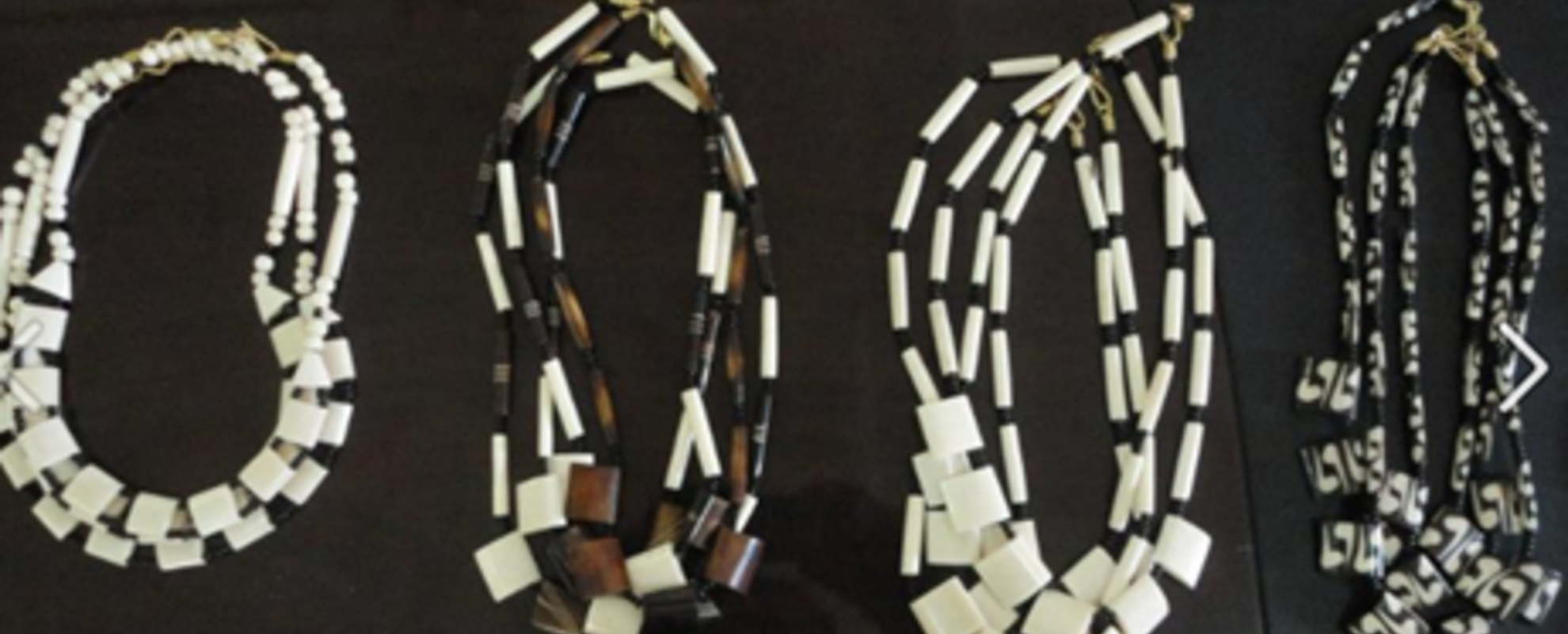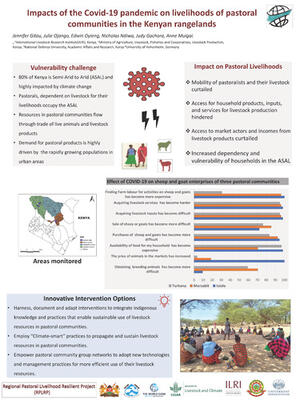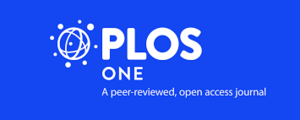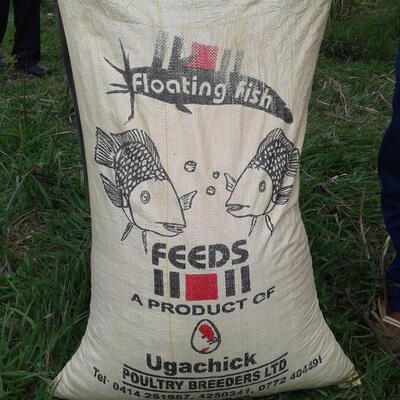
Assessing Somaliland’s bone and tallow value chains role towards economic growth
Despite over two decades of civil war and instability, livestock remains the leading economic sector in Somalia where domestic and export of animal products continue. In Somaliland, an autonomous region of Somalia located in the north, there are two main types of livestock production systems, nomadic pastoral and agro-pastoral. In the region, livestock production accounts for between 60- 65% of the country’s gross domestic product (GDP), employs over 70% of the population and contributes 85% of export earnings. In 2014, a total of 3.4 million heads of livestock were exported, of which 3.1 million were sheep and goats, 0.25 million cattle and 60,000 camels.
However, the export of live animals has been slowing, leading to declining incomes for the pastoralist livestock keepers and their households. Value addition to the livestock meat products and by-products therefore provides an opportunity for salvaging the situation and sustaining livelihoods. A recent study assessed the bone and tallow value chains in Somaliland, recording their characteristics and the main constraints that hinder their development.

 A sample of jewelry developed from bones (above) and (below) bar soap produced from tallow (photo credit: Said I. Farah/ SOMDA).
A sample of jewelry developed from bones (above) and (below) bar soap produced from tallow (photo credit: Said I. Farah/ SOMDA).The research used the case study approach, focusing on the Somaliland Meat and Development Association (SOMDA), a non-profit, non-governmental humanitarian organization based in Somaliland. SOMDA’s work aims at reducing poverty in Somaliland households, especially among women and youth, by involving them in meat and by-product processing through training to develop their skills. Information on the type of technical training offered to the group and the company that offered the training was gathered through interviews with SOMDA officials and focus group discussions with members besides collating other secondary data. It was established that the two value chains are mainly operated by SOMDA, that serves as an umbrella organization for the involved self-help groups. Thirty participants were divided into groups of 15 members; one group was trained on bone crafting, and the other was trained on soap making.
The value chains begin with collection of fresh bones from slaughterhouses and butcheries before they are delivered to the SOMDA workshop for processing. This contributes towards a safe and clean environment by making use of livestock by-products. Fats are removed and used to produce soap which is then sold to wholesalers and grocery shops in Hargeisa and other regions in Somaliland. The processed bone by-products including napkin holders, keyholders, flower vases, candle holders, earrings and necklaces are mainly sold to local handicraft shops and hotels in Hargeisa.
It was observed that if the quality of these products is improved, they could potentially be sold in export markets. However, from the survey it was clear that members did not receive training on developing high-quality finished products and on export markets and their requirements for quality bone trinkets. Soap was also popular amongst locals and some wholesalers from eastern parts of Ethiopia. Wholesale prices to retailers ranged between USD16 and USD18 per carton of 50 pieces. Consumers were buying a bar at about USD 0.5 (between 2,500 Somaliland Shilling (SLS) and SLS 3,000) which translated to an income of approximately USD 25 per carton. Prices of non-gold jewelry in the local market stand at about USD 5 per earring and USD 20 to USD 50 per necklace. The two value chains, have in the past directly employed more than 150 persons, thus sustaining around 1,000 persons, and in the case of the tallow/soap value chain, in 2014, it was worth USD 150,000 income to severely disadvantaged groups living in both urban and pastoral areas.
But the value chains have failed to exploit the various opportunities for growth due to limitations such as low quality of the final products, lack of access to working and investment capital for appropriate equipment and inconsistent supply of raw materials. However, strengthening them is vital since the value chains employ mainly women and youths who form the minority groups of society, besides their role in the enormous contribution of the livestock sector to Somaliland’s economic growth.
Both value chains are short, use low-value inputs, produce relatively low-valued products and are complementary. To better harness their potential contribution to improved economic growth, the study recommends that value addition should be adopted. This can be achieved by slaughtering, processing and exporting chilled carcasses/packaged meat and by investing in the transformation and processing of livestock by-products like hides and skins, and bones, tallow and horns. On the one hand, improving the quality of hides and skins produced and developing the value chain beyond the wet blue tanning offers a more viable investment than exports of raw wet or dried hides and skins. On the other hand, harnessing and processing of tallow, bones and horns into an array of products such as soap, cooking oil and candles and making an assortment of bone trinkets for instance jewelry, buttons and carvings among others from bones and horns can help fetch a wider market and eventually lead to higher incomes.

Based on the study and borrowing from lessons learnt in promoting pro-poor value chains in sub-Saharan Africa, three broad functional intervention types are recommended to revive the bone and tallow value chains in Somaliland namely (i) improved value chain coordination, (ii) pump priming investment and (iii) threshold shifting. The first intervention, value chain coordination, entails development of an effective support system to coordinate complementary decision-making by different players along the value chain. The second intervention, ‘pump priming investment’, provides a focus on higher investment base sourced mainly from donors given the low capacity of the Somaliland public sector. The third intervention focuses on investment in capacity to upgrade production through modern processing equipment that will lead to improved quality and quantity of products and by extension, lower the prices of final products.
Given that the livestock sector remains the main source of economic growth in Somaliland, initiatives to improve quality and quantity of products coupled up with development of viable business plans with clear strategies and vision for sustainable growth is vital.
Read the full findings from the study in this paper authored by Nadhem Mtimet, Lawrence Godiah Mugunieri, Francis Wanyoike, Enock Kiptoo and Ibrahim Gulaid.



















